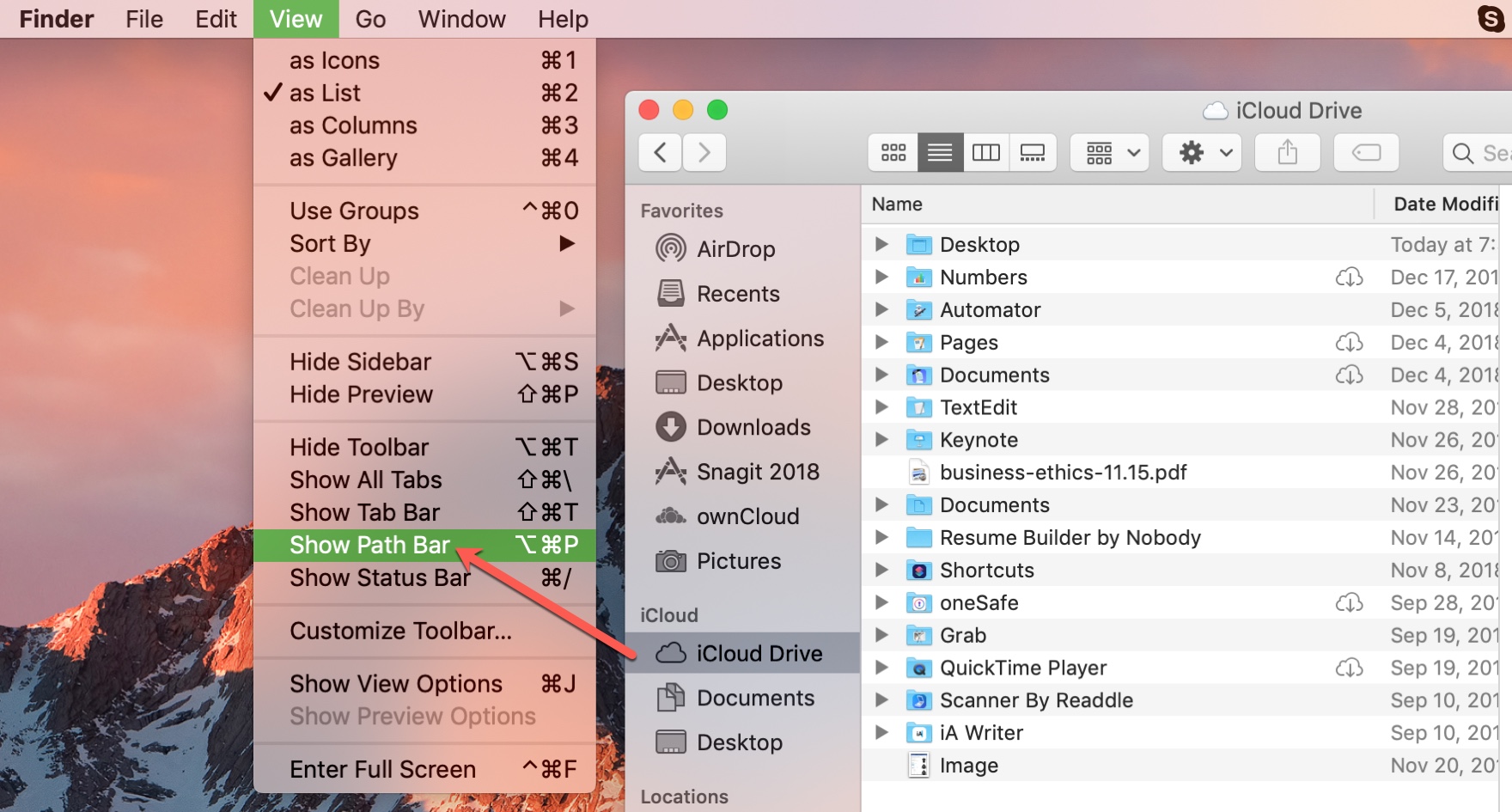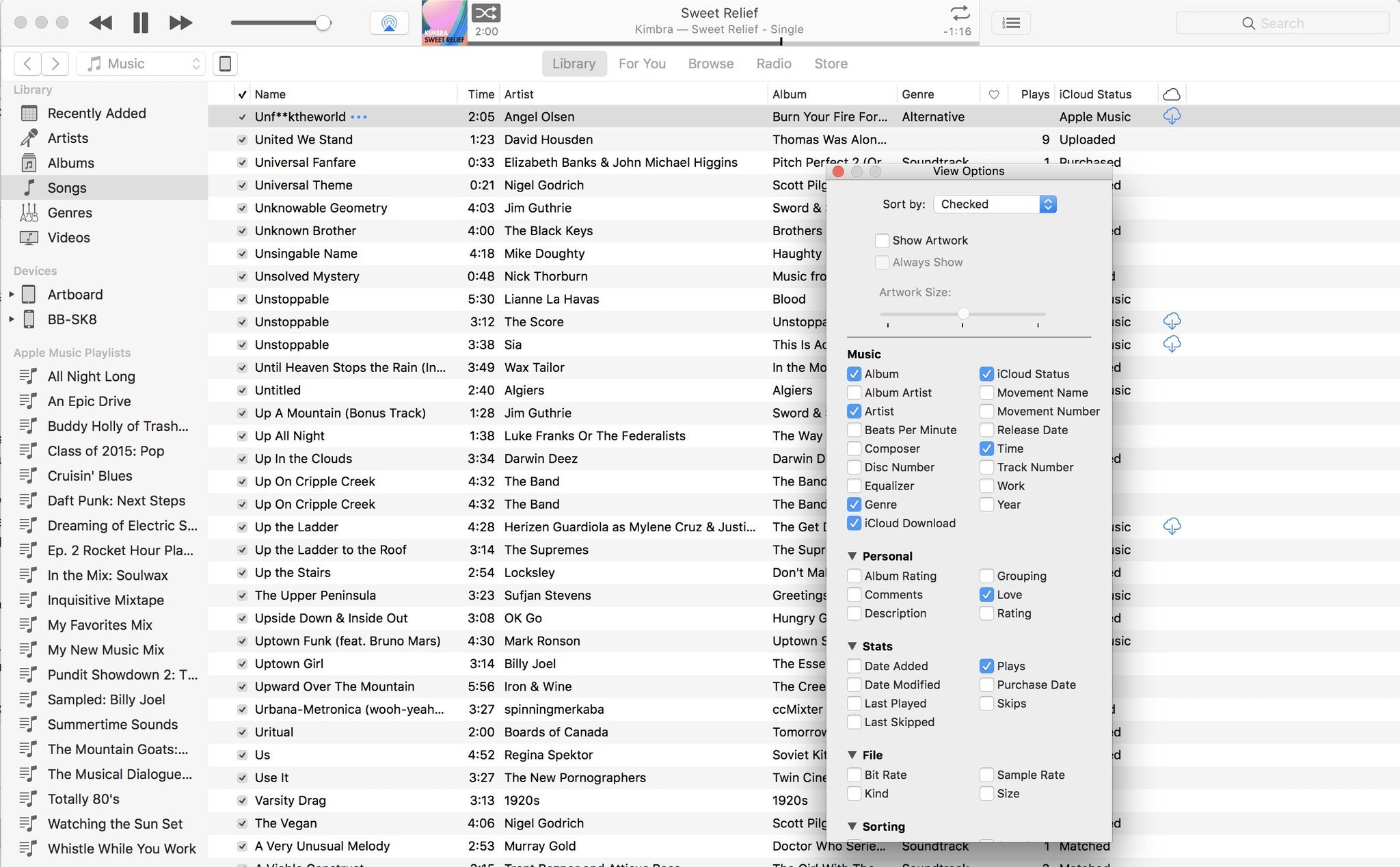Icloud Download For My Mac
The European Union's privacy regulations (GDPR) has forced all major tech companies to revisit their privacy and data collection policies. One of them is Apple. The company recently announced a new way for the users to download their data locally. Not only this, if you wish to leave Apple’s ecosystem for good, Apple will also allow you to delete all your data before closing your account.
- Icloud Download For My Mac Os
- Icloud For Mac
- Download Icloud To My Mac
- Itunes Icloud Download
- Icloud Download For Mac Desktop
With high profile hacks on the rise and tech giants using and abusing user data for their gain, users are left with little to no choice. You can’t really live without these services and a world without them seems no longer possible.
Let’s see how Apple has responded to the EU’s request and how you can download and delete your data from the Apple servers.
- Sep 24, 2020 Make sure that your PC or Microsoft Surface is updated to the latest version of Windows 10. Have your Apple ID and password ready. If you don't have an Apple ID, you can create one. On Windows 7 and Windows 8, you can download iCloud for Windows on Apple's website.
- Create New Downloads Folder in iCloud Drive: First, you need to create a new folder in your iCloud.
- Apr 03, 2020 On iCloud.com, click Photos and select a photo or video. Hold the command key on your Mac or control key on your PC to select multiple photos or videos. Click and hold the download icon in the upper corner of the window. If you want to download your photo or video as it was originally captured or imported, choose Unmodified Original.
1. Be Selective
Apple has millions of users around the world. That's why Apple may have concealed the options so that you can’t download your data immediately. You have to request it. More on that later.
Family Sharing lets you and up to five other family members share access to amazing Apple services like Apple Music, Apple TV+, Apple News+, and Apple Arcade. Your group can also share iTunes, Apple Books, and App Store purchases, an iCloud storage plan, and a family photo album. You can even help locate each other’s missing devices. Access all of your documents in iCloud Drive right from the app on your iPhone, iPad, or iPod touch. Features. Easily search for documents. Or browse by date, name, or tags created on your Mac. Open and edit documents right from any compatible app on your iOS device. No more making copies or importing documents from one app to another.
The first thing you have to do is visit the new Privacy site by clicking on the link below. Once you are there, login using your Apple ID. Forgot your password? No problem.
Visit Apple Data & Privacy Site
Once in, a few options will greet you right away. You can request to download a copy of your data. Also, you can update (edit) your data if you believe there are some errors like address or credit card details, deactivate your account in case you longer need it, and even delete your account if you wish to leave the Apple ecosystem for good.
I am happy to see how Apple has made it easy for anyone to do it. We will be focusing on the first option. Under Obtain a copy of your data, click on Request a copy of your data.
Now, as an Apple MacBook or iPhone/iPad user, Apple has collected a lot of data on you over the years in different file formats like PDF, JSON, CSV, and so on. Apple will share a list with you.
Most of those files are from the apps that you have been using like browsers, notes, gaming center, maps (location data), contacts, and so on. Some are unexpected like AppleCare and support history, Retail Stores activity, and Apple Pay. In the next screen, you get to choose which data would you like to download. You can pick any or all.
I would suggest you to simply click on the Select all button if you are planning to delete or deactivate your Apple account. Even if that is not the case, having a copy of your data on a secured local hard drive is a good idea.
Some items on the list have a More link next to them. Clicking on them will reveal additional info on the kind of data that will be downloaded with it. You can choose individual items from the list.
At the bottom, there is another list with only three items. If you are using an Apple device, you are most probably using iCloud for photos, emails, and documents. If that is the case, you will have to select any or all here. You must wonder why they are listed separately. Well, Apple notes that these files can be huge and may take time to download.
Once you are done selecting the type of data that you wish to download, click on Continue.
Also on Guiding Tech
How to Backup All Your Google Accounts Data with Google Takeout
Read More2. Choose a Size
In the next screen, Apple will ask you to choose a ‘maximum file size.’ That confuses most users so I will break it down for you. If you select 1GB here and the size of your total data is 4GB, then Apple will divide and create 4 downloadable files, each of 1GB.
Why? Because Apple understands that not everyone has access to a high-speed Internet connection and downloading huge files may get difficult. Having to restart the download just before it was about to complete is the worst thing that could happen to anyone. So you get five options between 1GB to 25GB. Choose one based on how much iCloud storage you are using.
When done, click on Complete Request. There are total 16 apps and services, just in case you are wondering.
3. Downloading Data
Apple will now tell you to wait for an email that it will send to your registered email ID. The process may take up to seven days to complete. That is done ensure that you indeed initiated the request. There is a handy link to track the status of the request.
Here is how the request looks like. It will tell you the exact date and time of placing the request, and the categories of data you selected.
Now, we wait for the email that notifies — your data files are ready for download. For security reasons, you won't receive the files via email. Instead, you get a download link that takes you back to the Apple Privacy site. As requested, the files will be available to download based on data type and requested file size.
Each item will have its separate file that you can download within 30 days from the date when the request was submitted, and not the day when your download was ready and mailed to you.
Also on Guiding Tech
How to Download Your Instagram Data Easily
Read MorePeace of Mind
Downloading your data from the servers of any tech giant, be it Apple or Instagram, gives you a sense of control over your data, if nothing else. You own it (or a digital copy of it) now. In case of a hack or a security lapse, you can use it to restore the said data to your Apple account.
Next up: Want to take a backup of your Mac data too while you are at it? Click on the link below to learn how to do it now.
The above article may contain affiliate links which help support Guiding Tech. However, it does not affect our editorial integrity. The content remains unbiased and authentic.Read NextHow to Backup Your Mac and Keep it SecureAlso See#apple #icloud
Did You Know
The Watch Series 3 (cellular) lets you make phone calls through the eSIM.
More in iOS
20 Best iPhone Apps With Useful Widgets
You must take the time to manage your iCloud storage quota. Everything from backups, photos, and documents, to apps syncing data across the iPhone and the Mac, uses iCloud. Unless you go on regular cleaning sprees, you are bound to burn through a storage plan sooner rather than later.
A while back, we looked into freeing up iCloud storage on iPhone and iPad. In this post, we shall explore ways to do that on the Mac as well. By the end, you will hopefully have lots of spare iCloud storage available. Let's get started.
1. Delete Obsolete Backups
By default, iPhones and iPads are automatically configured to back up data to iCloud. However, you can choose to delete the backups of any devices that you no longer use (or own) to free up huge chunks of storage right from your Mac.
On the Mac, head over to System Preferences > Apple ID > Manage. Then, pick an obsolete backup and click Delete ' — '.
If you delete any iPhone or iPad backup that is in active use, you put that device at risk. In that case, we strongly recommend that you create regular local backups to your Mac using Finder.
Also on Guiding Tech
How to Easily Share iCloud Drive Folders from iPhone, Mac, and iCloud.com
Read More2. Delete Unwanted Photos
All the photos that you capture on an iPhone or iPad end up using a lot of space on iCloud. If you have iCloud Photos enabled on your Mac, you can choose to delete unwanted photos and screenshots to free up space.
Open the Photos app, and then dive into categories such as Screenshots (located underneath Media Types within the sidebar) to locate and delete unwanted images (right-click an image and select Delete Photo).
You can also select multiple photos for removal; hold down the Command key while clicking on items.
Note: Deleting photos will also remove them from other devices that use iCloud Photos.3. Switch to Google Photos

Consider using Google Photos for photo backups. In addition to 15GB of free storage, Google Photos lets you upload and sync an unlimited number of photos and videos (although at compressed quality).
On the Mac, install the 'Backup & Sync from Google' client to upload and access photos. On the iPhone and iPad, use the Google Photos app instead.
Download Backup & Sync (Mac)Download Google Photos (iPhone & iPad)After backing up your photos and videos to Google Photos from all your devices, you choose to disable iCloud Photos and free up the associated cloud storage. Head into System Preferences > Apple ID > Manage. Then, select Photos and click Turn Off and Delete.
Recommended: Refer to this guide for more details on what happens when you disable and delete iCloud Photos.4. Delete Unwanted Files in iCloud Drive
Do you use iCloud Drive to sync files and folders between devices? Head over to Finder, select iCloud Drive from the sidebar, and then remove any unwanted items to free up space.
Tip: While inside any folder, switch to List view, and then click the Size column to arrange files by size. That should help you to identify large files that you no longer have any use for.5. Switch to Google Drive
Instead of using iCloud Drive, consider switching to an alternative cloud storage service. Google Drive, for example, not only offers 15GB of free storage but also doesn't count certain forms of data toward your quota.
To start using Google Drive, download 'Backup & Sync from Google' to your Mac. You can access your Google Drive contents on the iPhone and iPad via the Google Drive app.
Download Backup & Sync (Mac)Download Google Drive (iPhone & iPad)6. Delete iMessage Attachments
If you use iMessage on your iPhone or Mac, you will often end up consuming lots of iCloud storage since messages and conversations are set to sync among devices by default. In terms of gigabytes, this could very well run into double digits if left unchecked.
Also on Guiding Tech
#icloud
Click here to see our icloud articles pageOpen the Messages app, and then search for and delete unwanted photos, attachments, or conversation threads—right-click an item and select Delete. If you use macOS Big Sur, you can use the improved search capabilities in Messages to locate unwanted items faster.
7. Disable Messages in iCloud
Don't have the time to delete attachments and conversation threads in iMessage? If so, you can choose to disable the Messages app from syncing data between devices and quickly free up lots of storage in iCloud.
Go to System Preferences > Apple ID > Manage. Then, select Messages, and click Turn Off and Delete.
8. Delete Attachments in Mail
If you use an iCloud.com email account, consider deleting emails with attachments to free up space. Use the Mail app's filters to get to them quickly.
Open the Mail app on your Mac, and then click View > Filter > Enable Messages Filter. Then, head back into the Filter menu, and set the criteria to 'Only Mail with Attachments.'
You can then start deleting unwanted email messages and conversations with large attachments. For more details, check out this guide.
9. Delete Voice Memos
Do you record lots of voice memos? Since they are set to sync between devices, your recordings can end up using iCloud storage. So, open the Voice Memos app and delete any unwanted voice memos.
You must also remove them from the Recently Deleted folder in Voice Memos. Otherwise, they will continue to reside both locally and on iCloud for the next 30 days.
10. Review and Delete Other Backups
Finally, head into System Preferences > Apple ID > Manage again and go through the list of the various backups performed by apps or services to iCloud.
Icloud Download For My Mac Os
Then, delete any that you deem unnecessary. For example, you could remove an obsolete WhatsApp backup that you no longer have any use for.
Be careful while doing that because deleted iCloud data is often irrecoverable.
Also on Guiding Tech
How iCloud Saved My Mac (and Why You Should Upgrade)
Read MoreSunny Day
Regularly reviewing and managing your iCloud storage quota from yourMac (or your iPhone) will ensure that you don't run out of space at theworst of times. Sure, not all of the ways listed above may suit everyone.But a single action like switching to Google Photos (with its unlimitedstorage offering) can help prevent what would've seemed like anunavoidable upgrade to the next iCloud storage tier for a long time tocome.
Icloud For Mac
Next up:iCloud has lots of nuances to it. Check out these 8 tips and tricks to start using it like a pro.

The above article may contain affiliate links which help support Guiding Tech. However, it does not affect our editorial integrity. The content remains unbiased and authentic.Read Next8 Best iCloud Tips and Tricks to Use It Like a ProAlso See
Download Icloud To My Mac
#macosItunes Icloud Download
#storageDid You Know
Quick Charge 4.0 is 20% faster and 30% more efficient than Quick Charge 3.0.
More in Mac
Icloud Download For Mac Desktop
How to Cancel iCloud Storage Plan Without iPhone
